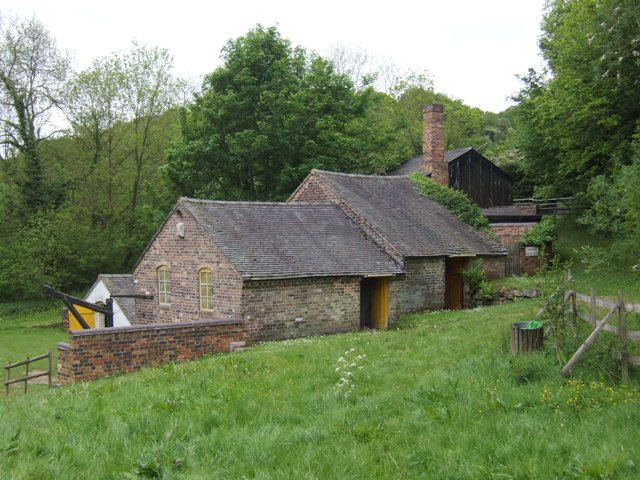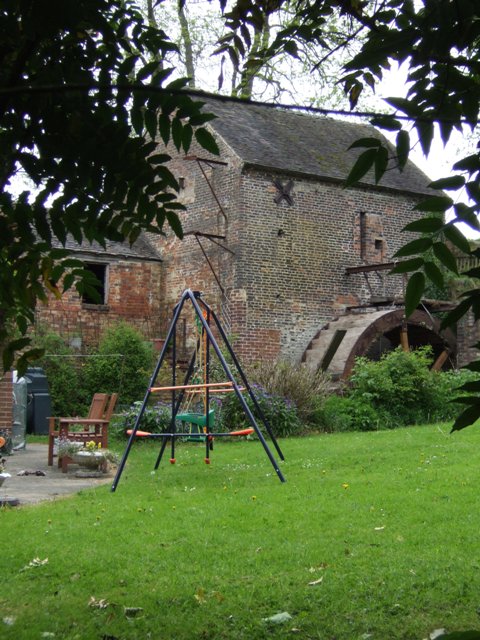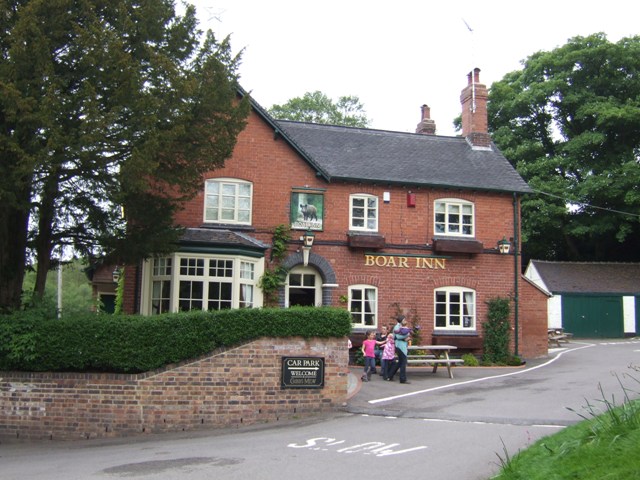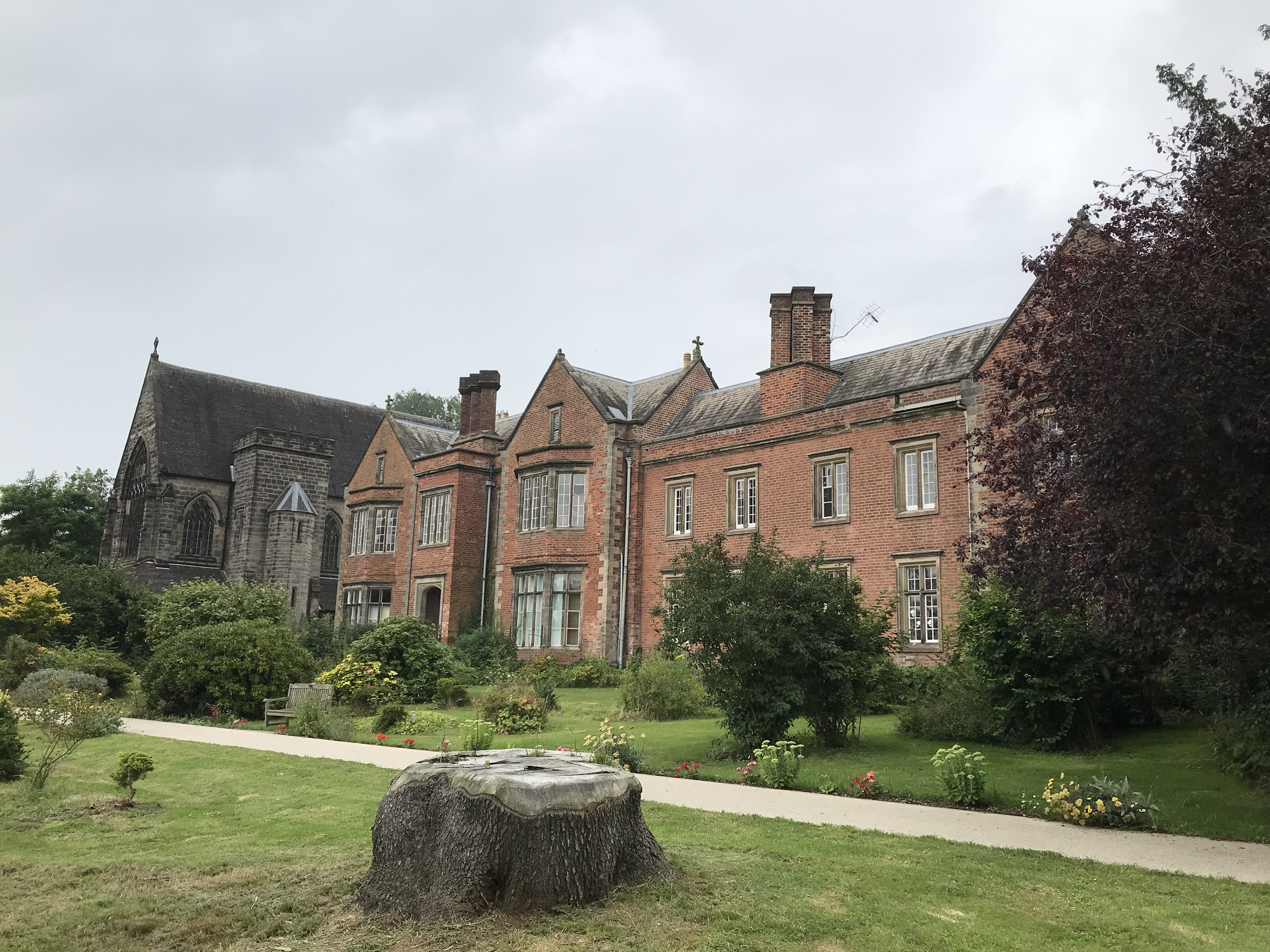Cotwalton
Settlement in Staffordshire Stafford
England
Cotwalton

Cotwalton is a small village located in the county of Staffordshire, England. Situated approximately 4 miles west of the town of Stone, it is nestled in a rural setting with picturesque countryside surroundings. The village is part of the Staffordshire Moorlands district and falls within the civil parish of Caverswall.
The history of Cotwalton dates back to medieval times, with evidence of human settlement in the area dating as far back as the 11th century. The village has retained much of its traditional charm, with a mix of old and new buildings lining its streets. The architecture is predominantly made up of charming cottages and farmhouses, showcasing the area's rich heritage.
Cotwalton is known for its tranquil atmosphere and idyllic landscapes, attracting visitors who enjoy the peace and quiet of the countryside. There are several walking trails and footpaths that surround the village, providing opportunities for outdoor enthusiasts to explore the beautiful Staffordshire countryside.
While Cotwalton itself does not have many amenities, the nearby town of Stone offers a range of facilities including shops, supermarkets, restaurants, and pubs. The village is also conveniently located for those commuting to larger towns and cities, with easy access to major road networks.
Overall, Cotwalton offers a peaceful and charming rural retreat, making it an ideal place for those seeking a slower pace of life amidst stunning natural landscapes.
If you have any feedback on the listing, please let us know in the comments section below.
Cotwalton Images
Images are sourced within 2km of 52.911458/-2.107777 or Grid Reference SJ9234. Thanks to Geograph Open Source API. All images are credited.



Cotwalton is located at Grid Ref: SJ9234 (Lat: 52.911458, Lng: -2.107777)
Administrative County: Staffordshire
District: Stafford
Police Authority: Staffordshire
What 3 Words
///months.pipes.avoiding. Near Stone, Staffordshire
Nearby Locations
Related Wikis
Moddershall
Moddershall is a small village in the borough of Stafford in the county of Staffordshire, England, part of the civil parish of Stone Rural and ecclesiastical...
Stone Rural
Stone Rural is a civil parish in the Stafford district, in the county of Staffordshire, England. The parish includes the settlements of Aston-By-Stone...
Hilderstone
Hilderstone is a village and a civil parish in the English county of Staffordshire. == Location == The village is 8.6 miles (13.8 km) north of the town...
Oulton Abbey
St Mary's Abbey, Oulton is a former Benedictine convent located in the village of Oulton near Stone in Staffordshire, England. The Abbey church is Grade...
St Dominic's Priory School, Stone
St Dominic's Priory School is an independent Catholic day school in the town of Stone, Staffordshire, halfway between Stoke-on-Trent and Stafford. The...
Alleyne's Academy
Alleyne's Academy (formerly Alleyne's High School) is a coeducational secondary school and sixth form with academy status. It is located in Stone, Staffordshire...
Aston-by-Stone railway station
Aston-by-Stone railway station is a disused railway station in the village of Aston, Staffordshire, England. == History == Opened by the North Staffordshire...
Lichfield Road, Stone
Lichfield Road is a cricket ground in Stone, Staffordshire. The ground was established in 1948, when Staffordshire played Buckinghamshire in the grounds...
Nearby Amenities
Located within 500m of 52.911458,-2.107777Have you been to Cotwalton?
Leave your review of Cotwalton below (or comments, questions and feedback).


















